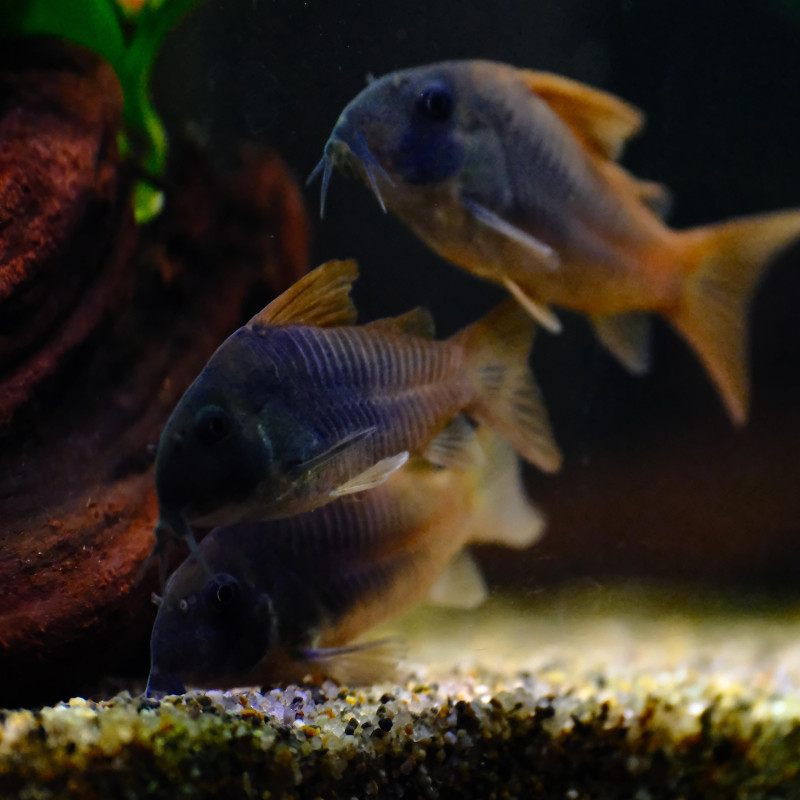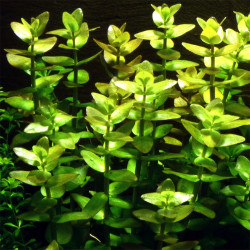More info
Corydoras concolor - Description
Corydoras concolor
Corydoras concolor, commonly known as the Concolor Cory, is a small and peaceful freshwater catfish species that hails from South America. This popular aquarium fish is appreciated for its attractive appearance and compatibility with various tankmates.
Habitat and Range
Corydoras concolor is primarily found in parts of the Orinoco river system in western Venezuela. The type locality is 'Las Mangas, in a tributary of Río Parguaza, western Bolivar State, Venezuela.' These catfish inhabit clear or slightly stained waters of slow-moving streams, rivers, and tributaries. They are often found in areas with sandy or gravelly substrates and are known for their habit of sifting through the substrate in search of food.
Maximum Size
Concolor Cory catfish typically reach a maximum standard length of around 55 to 60 mm.
Water Conditions
- Temperature: 20–26°C - pH: 5.5–7.0 - Hardness: 18–143 ppm
Appearance
Young Concolor Corys have a uniformly greyish color pattern. Adult fish are dark reddish-brown to black in color with glimmers of greens and blues when in good condition. All fins have an ochre to orange coloration with no markings. There is a black band running through their eyes. They have a deep body, fitting 2.1-2.4 times in standard length, a large eye (3.2-4.0 times in head length), pectoral fins completely surrounded by the coracoid, and relatively long dorsal-fin spine and a tall dorsal fin.
Behavior and Compatibility
Concolor Corys are peaceful and sociable fish that do well in community aquariums. They should be kept in small groups of at least three individuals, as they are naturally gregarious and thrive when they can interact with their own kind. They are compatible with other non-aggressive fish species that share similar water parameter requirements.
Reproduction
Breeding Corydoras concolor can be accomplished in captivity. They are egg layers, and a separate breeding tank with fine substrate like sand and gentle filtration is recommended. The males typically have more slender bodies, while females are slightly larger and broader. Spawning can be triggered by regular water changes with slightly cooler water.







